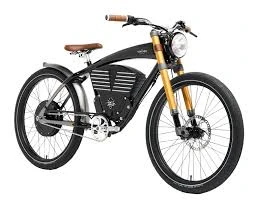Mar . 05, 2025 02:26 Back to list
derailleur on mountain bike


Attach the shifter cable to the derailleur. The cable should fit snugly without slack, which can be achieved by pulling the cable taut before tightening the pinch bolt. Adjust the barrel adjuster on the derailleur and the shifter to fine-tune the tension, ensuring precise and seamless shifts. Aligning the derailleur is crucial for performance and to prevent wear. Set the high and low limit screws to define the derailleur’s range of motion, ensuring it doesn’t push the chain beyond the smallest or largest cog. Begin with the low-limit screw, which restricts movement towards the spokes, then adjust the high-limit screw for outward travel restriction. Boasting these precision adjustments keeps your chain secure across varied terrains. Fine-tuning comes next. Shift through each gear, listening and watching for any friction or misalignment. If the chain hesitates between shifts, or if there is any unwanted noise, use the barrel adjusters to make micro adjustments to the cable tension. This step not only ensures smooth shifting but also extends the life of your drivetrain. Regular maintenance checks are vital after installation. Frequent inspections, especially after rides on rugged trails, will identify any necessary adjustments or signs of wear early. For long-lasting performance, ensure your derailleur and its components remain clean and lubricated, preventing rust or dirt disruption. Ultimately, installing a mountain bike derailleur correctly requires patience and precision but yields significant rewards in cycling performance. Following these expert instructions ensures you handle your mountain trails smoothly and reliably, gaining the confidence and experience to maintain your bike's performance independently. Happy cycling!
-
Discover Top E Bike Brand Insights, Specs & Future Trends | Yanline Bike
NewsNov.24,2025
-
Green E Bike – The Future of Sustainable Urban Mobility
NewsNov.24,2025
-
Ruffian eBike: Durable, Efficient Electric Bikes for Modern Mobility
NewsNov.23,2025
-
Comprehensive Guide to the Global E Bike Market and Future Trends
NewsNov.23,2025
-
Understanding Electric Bicycle Range: A Complete Guide for Smarter E-Bike Use
NewsNov.22,2025
-
Ceron Electric Bike – Efficient, Sustainable Urban Mobility Solutions
NewsNov.22,2025
-
Discover the Benefits and Innovations of Go Ebike | Sustainable Urban Mobility
NewsNov.22,2025




